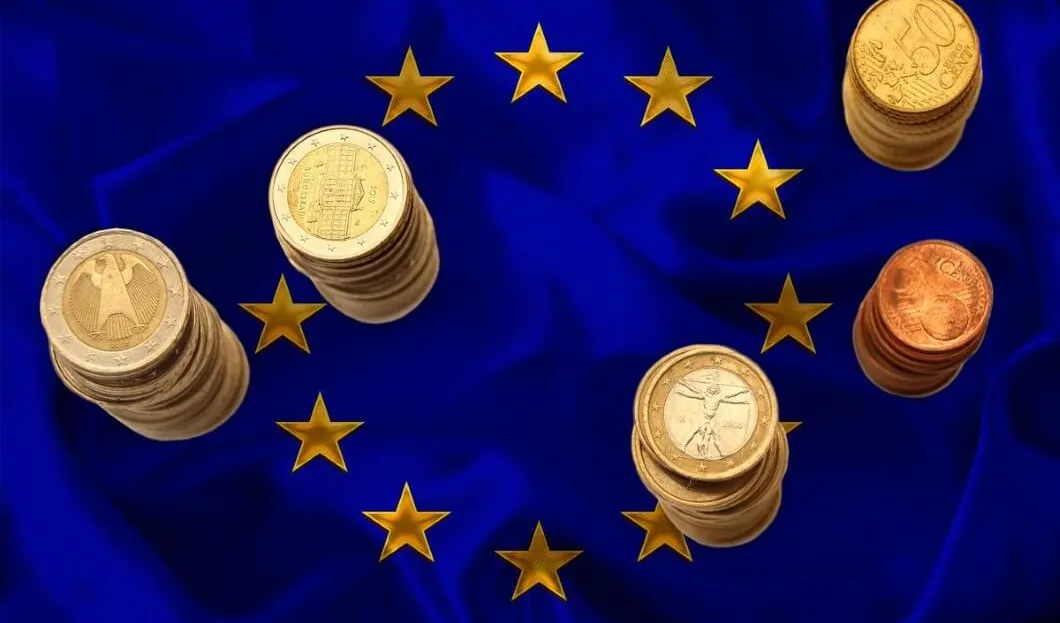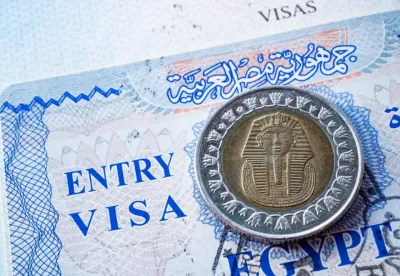
When traveling in Europe, tourists have plenty of payment options. If they visit one of the 20 European Union countries that use the euro, there are no extra costs. However, visitors must be mindful of additional charges in a country without the euro, as 7 Member States have not adopted the single currency.
Bank cards are the most convenient and widely accepted payment in Europe for significant transactions, as revealed by a 2022 study by the European Central Bank. With an international card, tourists can purchase anywhere in Europe without extra fees when paying in euros. However, conversion fees will apply if people pay in a local currency, like the Czech or Danish crown.
Contactless payment in Europe is also a convenient option in most EU countries. However, it's important to be mindful of the limits. 19 European countries allow contactless payments of up to €50 per transaction. In Croatia, visitors must enter their PIN for purchases over €40. Regardless of the country, tourists cannot make more than five consecutive contactless transactions per day or exceed a cumulative amount of €150, in line with the limits set by European regulations.
Withdrawing Money across Europe
The use of cash varies significantly across Europe. It is becoming scarce in some countries and remains the preferred payment method in others.
When withdrawing money across Europe, tourists can use local ATMs. Their bank will apply the same rates for withdrawals in eurozone countries. However, tourists will withdraw the local currency in countries like Poland or Sweden, and conversion fees will apply.
It is necessary to know the cash payment limits, which vary considerably from one country to another: €1,000 in France, €500 in Greece, and no limit in Germany.
The European Union plans to harmonize this disparity by 2027, ensuring a secure future for cash payments. The plan is to impose a maximum ceiling of €10,000 while allowing lower ceilings. Before using cash, it is advisable always to check the country's cash limit.
Bank transfers are a convenient way to pay for a hotel in Spain or reimburse a friend in the Netherlands. Bank fees should be the same regardless of whether tourists are making a transfer within the eurozone.
Currently, transfers within the eurozone take one business day, while transfers outside the eurozone can take up to four days, which may discourage frequent use. However, starting in 2025, the EU will introduce near-instant transfers, allowing money to be transferred in just ten seconds, no matter the day or time.
Towards a Revolution in Payment in Europe
A new form of payment is expected to emerge in Europe: the digital euro. This initiative, currently being developed by the European Central Bank, seeks to introduce a virtual currency similar to cryptocurrencies. However, unlike cryptocurrencies, the central bank would back the value of the digital euro.
The digital euro would work alongside physical euro notes and coins, providing a digital payment method accessible online and offline.
It's important to note that introducing the digital euro will take time. The adjustments will take several years, and using digital euros in Europe may not be feasible until 2027 or 2028.










